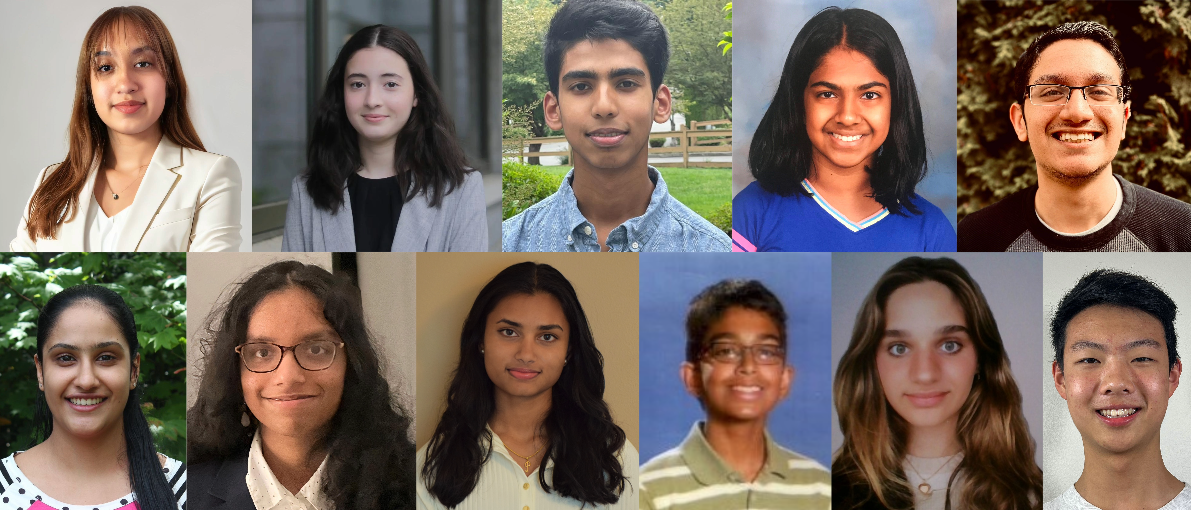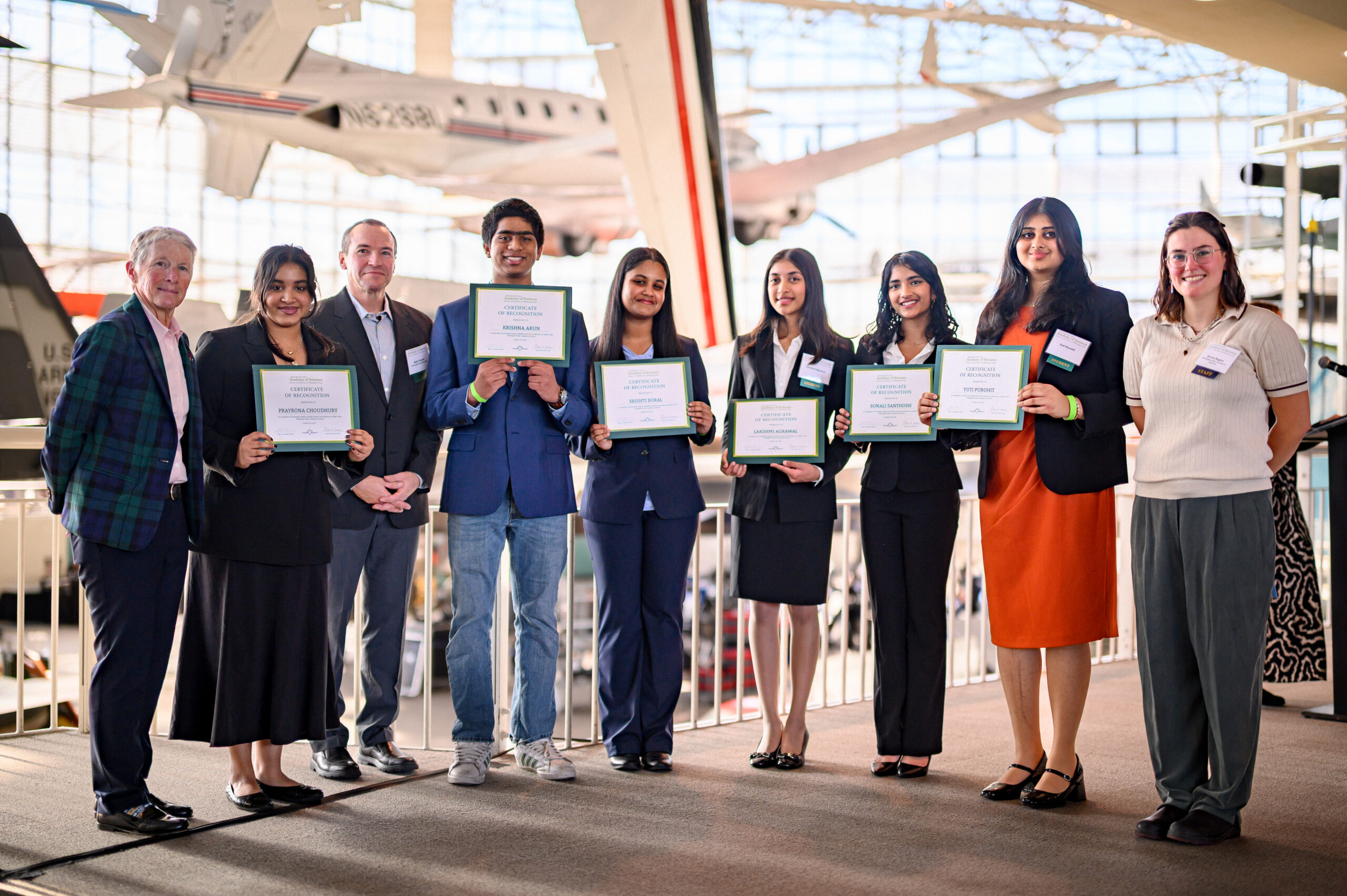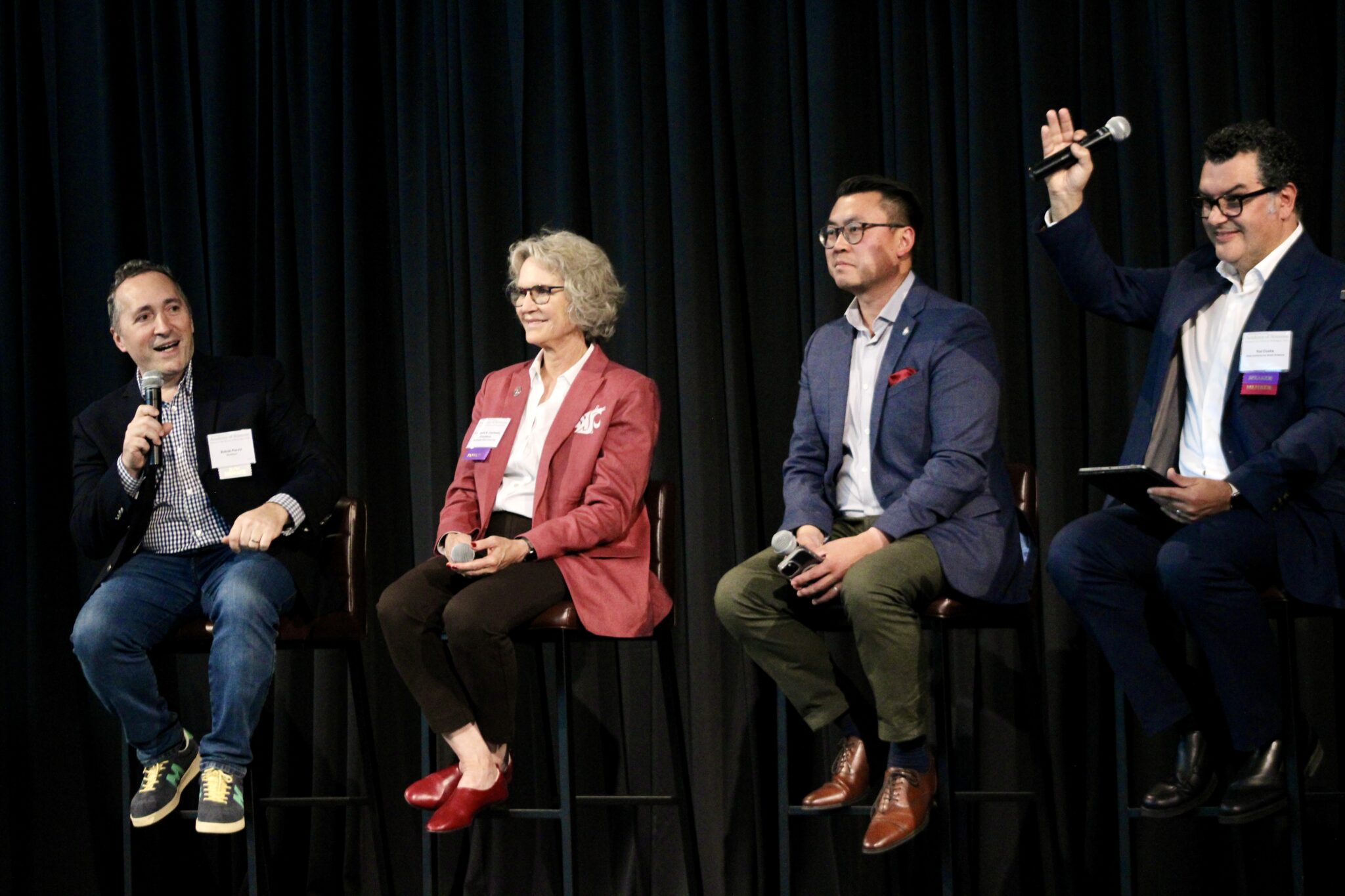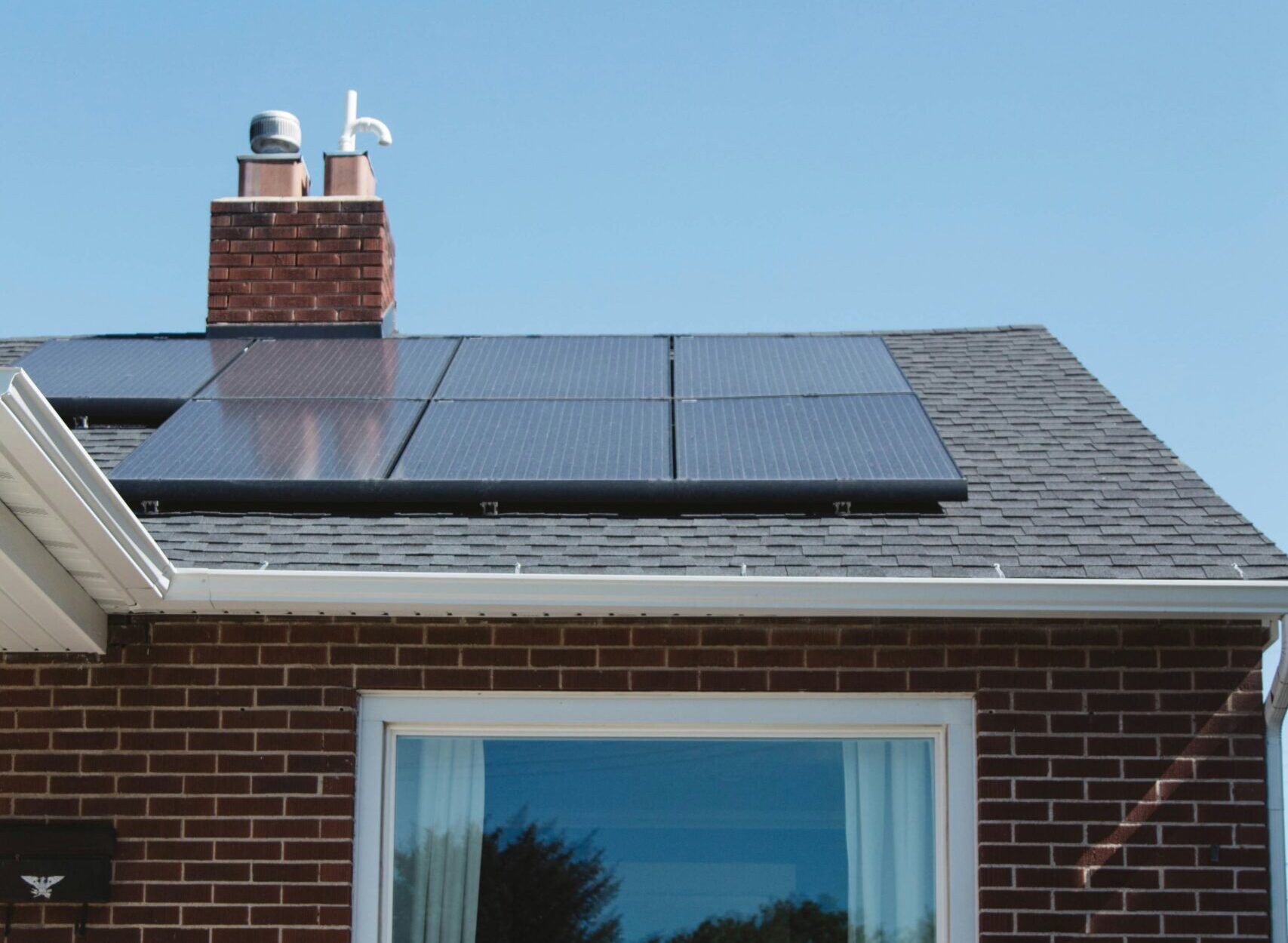
SEATTLE, WA – The Washington State Academy of Sciences is thrilled to announce the 2024 Washington State delegates to the American Junior Academy of Science. These eleven students, WSAS’ largest delegation ever, were selected based on original STEM research they conducted while in high school.
“I’m always blown away by the original research presented by our AJAS delegates,” said Terry McElwain, WSAS board member, member of the National Academy of Medicine and chair of the WSAS Education committee responsible for selecting AJAS delegates. “These students are the future of science and I have no doubt that they will continue to accomplish great things as they go forward in their careers.”
Since 1963, the American Junior Academy of Science (AJAS), a program of the National Association of Academies of Science, has recognized America’s premier high school students for outstanding scientific research. This honorific society, the only one of its kind in the U.S., both celebrates student success and encourages talented, emerging scientists to pursue careers in STEM fields.
AJAS delegates travel to attend the annual meeting of, and be recognized by, the world’s largest scientific society, the American Association for the Advancement of Science (AAAS). At the meeting, delegates are inducted as lifetime fellows of AJAS. The meeting provides delegates with the opportunity to share their research with their peers and other scientists, meet world-renowned scientists, and network with a diverse community of scientists and policymakers. The 2024 Annual Meeting will be held in Denver, Colorado on February 15-17, 2024.
Below are the 2024 delegates and their research project titles. Learn more about their projects here.
Identification of Novel Diagnostic Neuroimaging Biomarkers for Autism Spectrum Disorder Through Convolutional Neural Network-Based Analysis of Functional, Structural, and Diffusion Tensor Imaging Data Towards Enhanced Autism Diagnosis
Annie Adhikary, Tesla STEM High School
The Effects of Limiting Citrate-Derived Acetyl-CoA Synthesis on the Development of Exhaustion in CD8 T Cells
Alessandra Azure, Newport High School
Democratizing Produce Waste Reduction Using Hyperspectral Imaging
Dhruv Darbha, Redmond High School
Identifying Possible Biological Processes Affected By Non-Target Proteins of SARS-CoV-2
Priya Emani, Olympia High School
Deciphering a Sleeping Pathogen: Uncovering Novel Transcriptional Regulators of Hypoxia-Induced Dormancy in Mycobacterium Tuberculosis
Rohak Jain, Interlake High School
AmEyeDrunk? The Future of Intoxication Detection
Advaitha Motkuri, Richland High School
Structural Basis for the Allosteric Modulation of GABAA Receptors by Diazepam
Padmaja Senthil Kumar, Lewis and Clark High School
Microwave-Related Tissue Changes Using Ultrasound: Processing Images into Spectral Colors
Zain Shariff, Curtis Junior High School
Carbon Dot and Cyanoacrylate Fuming Method for Latent Fingerprint Detection
Nikki Taleghani, Tesla STEM High School
MemSpark: An Artificially Intelligent Virtual Reality System for Non-Intrusive Cognition Therapy and Evaluation of Dementia
Kosha Upadhyay, Bellevue High School
CamVisors: Cost-Effective Real-Time Object Detection Using Contrastive Captioners for the Blind
Jerry Yao, Walla Walla High School
Learn more about the AJAS program here.
Related Posts
October 28, 2025
WAJAS is a WSAS program recognizing exceptional high school students from across the state for outstanding original scientific research and offering opportunities to connect with the research community in Washington and beyond. Fellows were publicly honored alongside Washington's top researchers at the WSAS 20th Anniversary Celebration on October 7.
October 14, 2025
Amid political polarization and uncertain federal research policy, Washington leaders are betting on stability through a unique innovation ecosystem rooted in the state’s institutions and businesses. That was a theme at the 20th anniversary celebration of the Washington State Academy of Sciences, held Tuesday evening at Seattle’s Museum of Flight.
July 28, 2025
The Washington State Legislature asked the Washington State Academy of Sciences to study the value of distributed solar power generation and storage, and to develop recommendations for future compensation methods. The WSAS’s recently published interim report details engagement with interested parties and a research plan for continued analysis.


